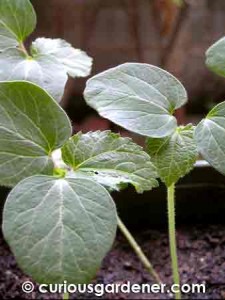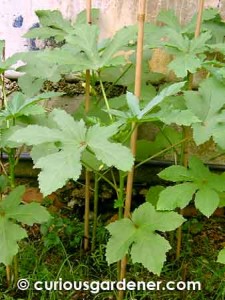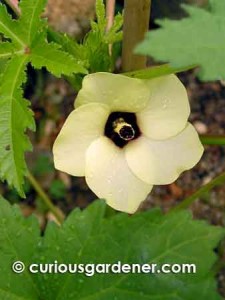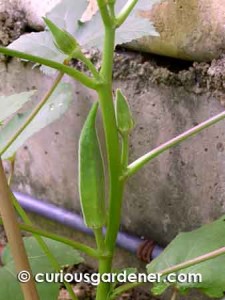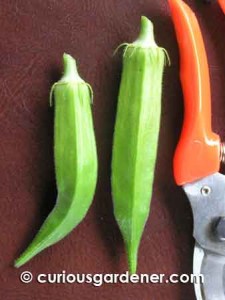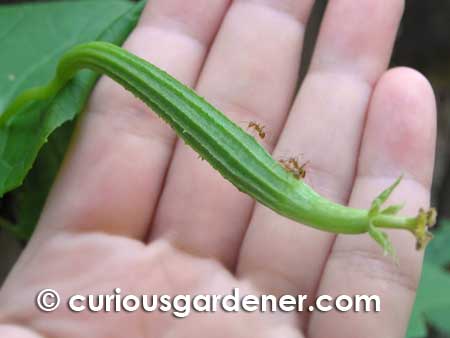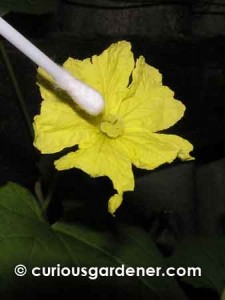Well, that was interesting. As you know, I seem to have somewhat unconventional corn plants growing in my garden. The seeds all came from the same packet of F1 hybrid of sweet corn, but each plant seems to have a personality of it’s own. The first one was a mutant that tried to mature too soon – less than 40cm high and with the ear of corn developing just a couple of centimetres off the ground. Thankfully the other plants grew bigger – almost a metre tall or so, and with more normal looking tassels and ears developing a bit higher.
I’ve been trying to educate myself about how they grow and develop, and finally know the correct terminology for the parts of the plant.

The tassels and silks of the corn plan
The tassels grow at the top of the plant. They are the male part of the plant, bearing the pollen, and are supposed to hang outwards over the plant so that the passing winds can carry the tiny grains of pollen to fertilize the plants around.
The silks emerge from the stem even before the ear/cob begins to show. These strands are essentially the flower of the plant, meant to catch the wind-borne pollen. Not only that, each strand of silk is connected to a kernel of corn, so if it isn’t pollinated, the cob will be emptier.
All this worried me a lot. I thought that the big grains that I saw at the top of the plants were the pollen, but they’re not. You can’t just take a grain and simply touch the silks with it. The way to hand pollinate is to either pluck off the tassel and shake it over or touch the silks with it, or to shake the plants.
Shake the plants? I thought that was odd, but when you do that, you will see a small cloud of brownish pollen take to the air and float down. I had to gauge the wind direction when doing this so that the little cloud of pollen would land on the silks of the surrounding plants.
Two conditions are advised before doing this. Firstly, the plants shouldn’t be wet, so that the silks catch the pollen grains easily and the pollen can float on air rather than fall off in a droplet of water. Secondly, it’s good to do this in the morning, when humidity is higher, which helps to activate the pollen.
Another thing you should do is check how each plant is developing. I have three that are maturing right now. One has both tassels and silks, another has only silks and the last has non-dangling tassels and possible silks emerging. So, I tried to cross-pollinate, depending on each plant’s maturity. How well it worked will remain to be seen. More updates will come…
© 2010 curiousgardener.com All rights reserved.
![]()



